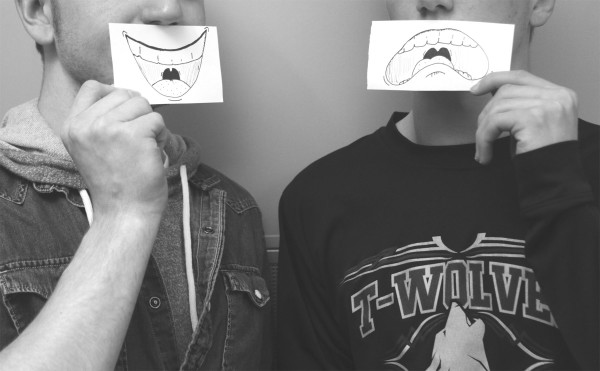A new study led by University of Wisconsin-Madison psychologist Seth Pollak suggests experience can alter how people see emotions.
“It may be the case that physically abused children develop a broader category of anger because it’s adaptive for them to notice when adults are angry,” Pollak said.
Pollak’s study examined the difference between how non-abused children aged 8 to 10 and abused children categorize expressions such as happy, sad, angry, or fearful. In the experiment, each child was shown pictures of two expressions digitally morphed together and were then asked to choose which emotion appeared most prevalent. As a result, the children that had been abused identified more of the photos as being angry instead of fearful or sad.
“Environment definitely affects how we see other people,” school psychologist Cathy Kerr said. “We start expecting kind of what we know, so if we live with people or see people who are happy all the time then we are gonna expect other people to be pretty pleasant. If we live with people or see people who are unkind to each other then we’re going to expect other people to be unkind.”
Because of this adaption it is common for children to act out inappropriately with fear or anger in response, which causes problems in school or other social situations.
“I think it’s because we start expecting what we see,” Kerr said. “In a hostile environment where people are being mean or hostile then a neutral face gets associated with the behavior that follows after.”
Because of Pollak’s study it is hoped that better techniques in avoiding the formation of future behavioural problems, which are more common in abused children, can be developed. This includes reteaching adolescents how to correctly decipher expressions.
“I think we can learn in different ways.” Kerr said. “Sometimes stuff like that has to be directly taught, where kids are shown a face and told that this is neutral- that this this is neither happy nor sad- and given examples of that instead of learning it by just picking it up. Sometimes things can be specifically taught.”
Or attempts at school can be made to help others experience an atmosphere that is positive.
“Facial expressions are absolutely infectious,” Kerr said. “Kind of like the people you’re around, if everyone is smiling at you and saying good morning you’re probably gonna smile back and say good morning even if you’re not feeling good. And then there’s people that walk in and look down and are all tired and frowning then pretty soon you’ll be frowning too.”
Psychologist Paul Ekman and his colleagues provided evidence in a Science paper in 1983 that if an individual forces his or herself to make certain facial movements it produces the same physiological response as those asked to recall a highly emotional experience. A later study by psychologists Fritz Strack, Leonard Martin, and Sabine Strepper found that most people rate cartoons funnier when holding a pen with their teeth in order to force a smile.
“Act as if you’re happy, and pretty soon you will be.” Kerr said. “A smile is pretty universal.”
Pollak’s study appears in the June 18 early edition of the Proceedings of the National Academy of Sciences








